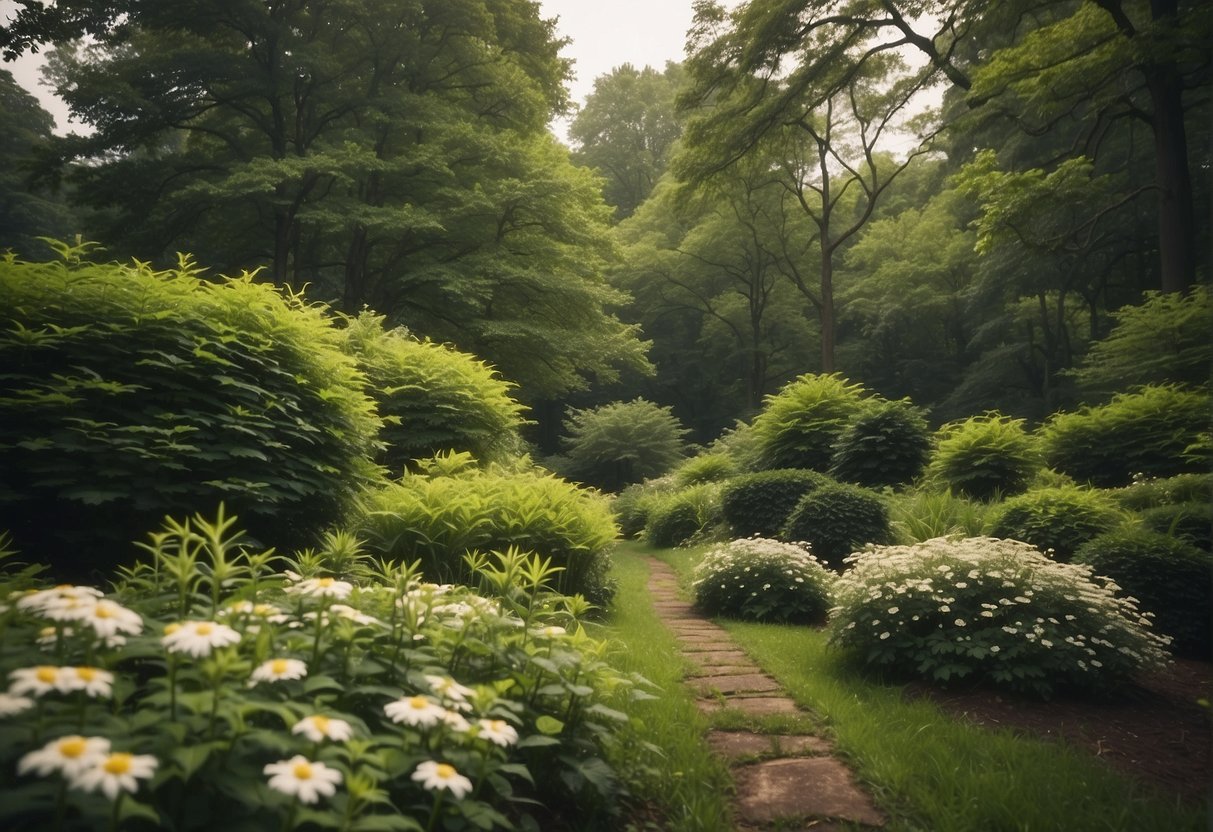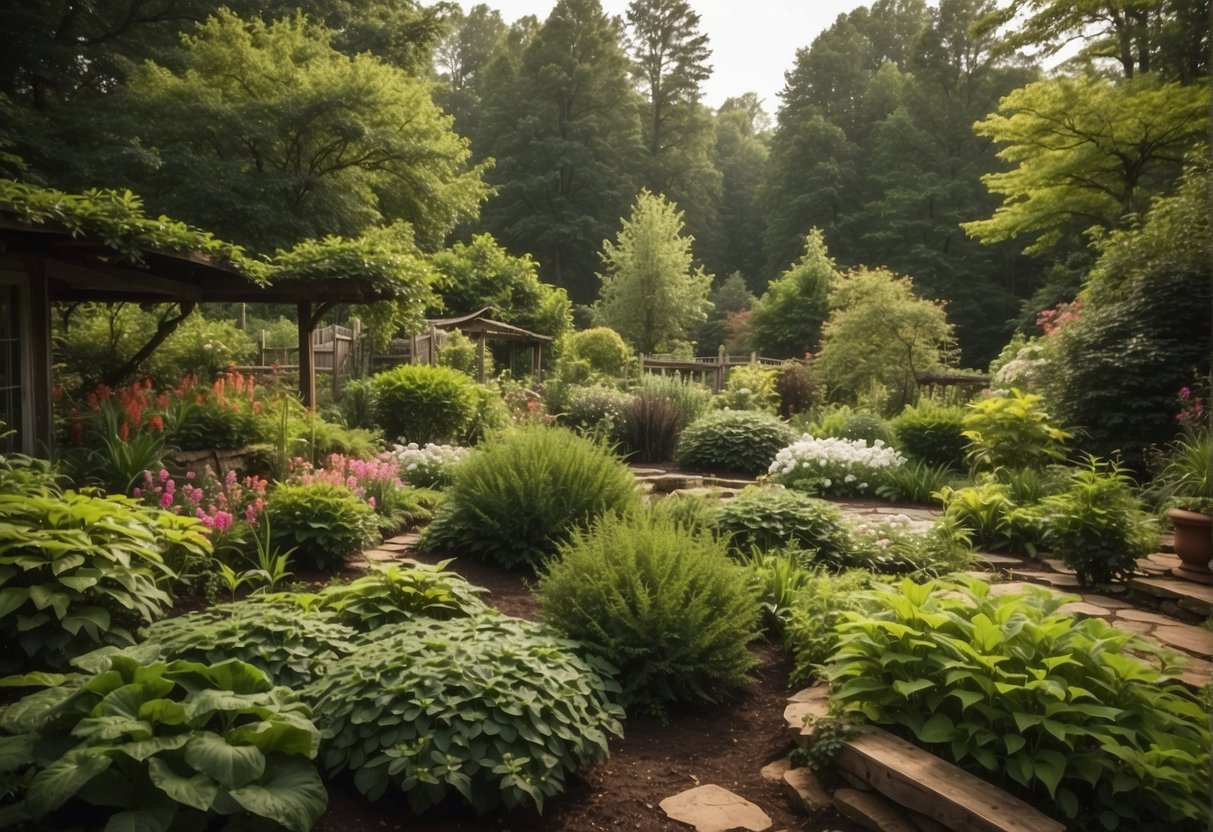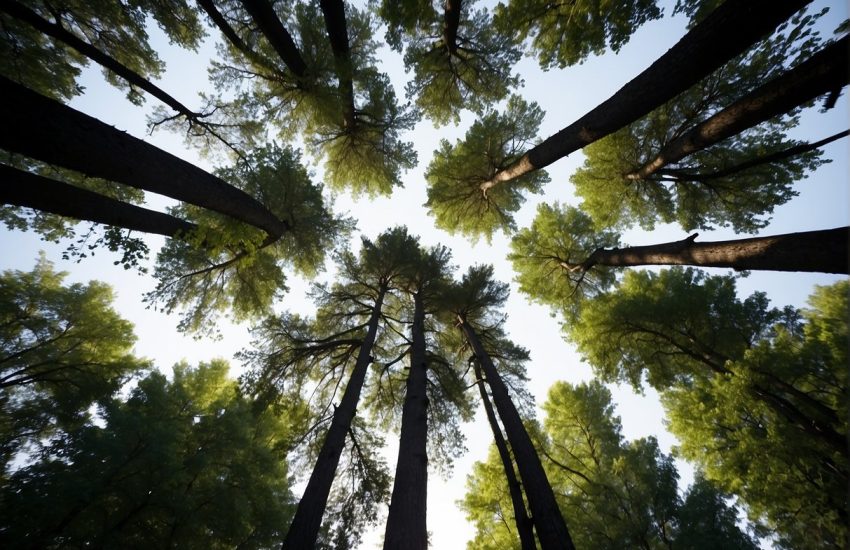What Zone is East Tennessee: Understanding the Plant Hardiness Zones in Tennessee
East Tennessee is a region in the southeastern United States that is known for its beautiful natural scenery and rich cultural heritage. Many people are curious about what hardiness zone this area falls under, as this information can be helpful for gardeners and farmers who are looking to grow plants that are well-suited to the local climate.

The hardiness zone of East Tennessee varies depending on the specific location within the region. Generally speaking, the area falls under zones 6a and 6b, with some parts of the region falling under zone 7a. These zones are based on the average minimum temperature that occurs in the area each year, and they are used to help gardeners and farmers choose plants that are likely to thrive in their local climate.
Understanding the hardiness zone of East Tennessee can be especially important for those who are interested in gardening or farming in the area. By selecting plants that are well-suited to the local climate, individuals can increase their chances of success and enjoy a bountiful harvest. With this in mind, it is important to research the specific hardiness zone of the area in which you plan to grow plants, as this can make a significant difference in the success of your gardening or farming endeavors.
Geographical Overview of East Tennessee
East Tennessee is a region of Tennessee that is located in the eastern part of the state, bordering North Carolina, Virginia, Georgia, and Alabama. The region is characterized by its diverse topography, ranging from the Great Smoky Mountains to the Cumberland Plateau.
Topography and Climate
East Tennessee is known for its rugged terrain, with the Appalachian Mountains running through the region. The Great Smoky Mountains, which are part of the Appalachian chain, are the highest mountains in the eastern United States. The region also features rolling hills, valleys, and plateaus, with the Cumberland Plateau being the most prominent.
The climate in East Tennessee varies depending on the elevation. The higher elevations in the mountains have a cooler, wetter climate, while the lower elevations have a milder, more temperate climate. The region experiences four distinct seasons, with mild winters and hot summers.
Major Cities and Regions
The largest city in East Tennessee is Knoxville, which is located in the heart of the region. Knoxville is home to the University of Tennessee and is a major center for business and industry in the region. Other major cities in East Tennessee include Chattanooga, Johnson City, and Kingsport.
The Great Smoky Mountains National Park is a major attraction in East Tennessee, drawing millions of visitors each year. The park is known for its scenic beauty and offers a wide range of outdoor activities, including hiking, camping, and fishing.
The region is also known for its rich cultural heritage, with a strong influence from the Appalachian Mountains. Many residents of East Tennessee are descended from the Scotch-Irish settlers who first came to the region in the 18th century.
In conclusion, East Tennessee is a diverse and vibrant region that offers something for everyone. From the rugged mountains to the rolling hills and valleys, the region is a unique blend of natural beauty and cultural heritage.
Understanding USDA Hardiness Zones
Zone Definitions
The USDA Hardiness Zone Map is a guide to determine which plants are most likely to thrive in a specific area based on the average minimum temperature. The map divides North America into 13 zones based on the coldest temperatures of each region. The zones range from 1 (coldest) to 13 (warmest).
Zone 7 Characteristics
East Tennessee falls within USDA Hardiness Zone 7, which is further divided into two subzones: 7a and 7b. Zone 7a has a minimum average temperature range of 0 to 5 degrees Fahrenheit, while Zone 7b has a minimum range of 5 to 10 degrees Fahrenheit.
In Zone 7, the average annual minimum temperature ranges from 0 to 10 degrees Fahrenheit. This means that gardeners in this zone can expect winter temperatures that are relatively mild, but still cold enough to cause damage to some plants.
Plants suitable for Zone 7 are those that can tolerate winter temperatures down to 0 degrees Fahrenheit. Some examples of plants that thrive in Zone 7 include azaleas, camellias, and magnolias. However, it is important to note that other factors such as soil type, moisture, and sun exposure also play a critical role in plant survival.
Understanding USDA Hardiness Zones is important for gardeners and landscapers to select the right plants for their area. By choosing plants that are well-suited for the local climate, gardeners can ensure a successful and thriving garden.
Gardening in East Tennessee

Growing Season
Gardeners in East Tennessee can expect a long growing season that typically lasts from late March to early November. The region’s mild climate and fertile soil make it an ideal location for growing a wide variety of plants and vegetables. However, it is important to note that the growing season can vary depending on the specific location and elevation within East Tennessee.
Recommended Plants and Vegetables
East Tennessee’s growing season is ideal for growing a variety of plants and vegetables. Corn, tomatoes, broccoli, and peppers are just a few examples of crops that thrive in this region. It is important to consider factors such as soil type, pH, light, humidity, and rainfall when selecting plants and vegetables to grow.
When it comes to soil, East Tennessee has a variety of soil types, including loamy, clay, and sandy soils. It is important to test the soil’s pH level, as some plants prefer acidic soil while others prefer alkaline soil. Gardeners should also consider the amount of light and humidity their plants will receive, as well as the amount of rainfall in their area.
Overall, East Tennessee’s mild climate and fertile soil make it an ideal location for gardening. By selecting the right plants and vegetables and taking into account the region’s unique growing conditions, gardeners can enjoy a bountiful harvest throughout the growing season.
Challenges and Tips for Successful Gardening

Dealing with Weather Extremes
Gardening in East Tennessee can be challenging due to the region’s unpredictable weather patterns. During the winter months, the area can experience freezing temperatures, which can damage or kill plants. Therefore, it is essential to choose plants that are suitable for the region’s climate and can withstand cold temperatures.
In the summer months, the region can experience high temperatures, high humidity, and frequent thunderstorms. To protect plants from the heat, gardeners should water them regularly and provide them with shade. During thunderstorms, it is important to protect plants from strong winds and heavy rain, which can damage or uproot them.
Soil and Water Management
East Tennessee has a humid subtropical climate, which means that the region receives a lot of rainfall throughout the year. To ensure successful gardening, it is important to manage soil and water properly.
Gardeners should choose plants that are suitable for the region’s soil type and elevation. East Tennessee has a diverse range of soil types, including clay, loam, and sand. It is important to test the soil before planting to determine its pH level and nutrient content.
To manage water properly, gardeners should ensure that their plants receive adequate drainage. They should also avoid overwatering, which can lead to root rot and other plant diseases. Mulching can help retain moisture in the soil and regulate soil temperature.
In conclusion, gardening in East Tennessee can be challenging, but with the right knowledge and preparation, gardeners can achieve success. By choosing the right plants, managing soil and water properly, and protecting plants from weather extremes, gardeners can create a beautiful and thriving garden in this region.


